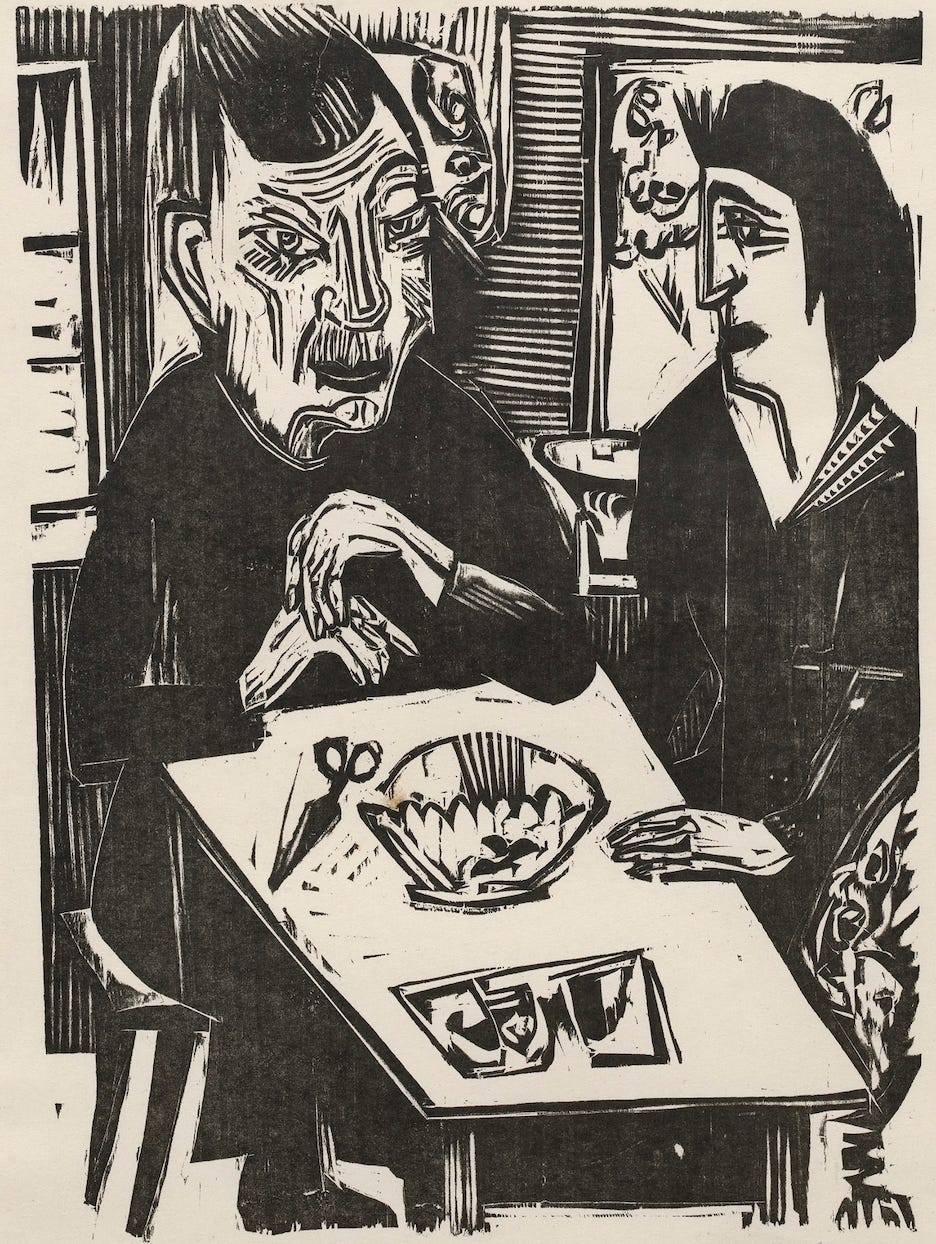On occasion, we will see a critic perform a reevaluation of a movie director’s work or a particular film. The question they ask is how has the director’s work stood up over time. Is the work dated and tired? Does the film’s dialogue, after these many years, grate on our ears? Has the culture moved on and left the film a relic? Or, does the film continue to provoke us to reflect on our circumstances?
Occasionally, those less frequently, we see similar re-evaluations of a musician’s catalog or a particular piece of music. The same questions are asked.
What is interesting about these re-evaluations is that the critic is not really assessing the film or the music. They are instead assessing the distance or the gulf that has been created between the art and society in the time since their release. The art is the art. It has not changed. Only the art’s relevance to the current culture may be different.
But an assessment of a wine many years after its release is something entirely different isn’t it? In fact, it’s precisely the change and evolution that the wine itself has undergone after ten or twenty or 30 years that is the point of a critic’s reassessment of a well-aged wine. Also notable is that while a wine critic might assess how a newly released wine fits into the current set of expectations and trends surrounding wine styles and production, no such assessment is expected (or really possible) when the wine reviewer returns to a wine twenty or thirty years on. Rather, the critic approaching a 25-year-old Pinot Noir or Bordeaux or Super Tuscan is assessing something entirely new; something never before tasted since time in the bottle consistently provides something that is different than it was a year or five years or 20 years ago.
If this 25-year-old wine is something new and different, why then are older wines not commonly reviewed by today’s wine critics?




